
TLR4 signal is essential for graft-mediated bone repair. Allogeneic grafts from donor WT mice were implanted into skull defects of recipient WT and TLR4 KO mice. (A) Live µCT and (B) histology analyses showed that inhibition of TLR4 in allogeneic grafts hindered graft remodeling and bone healing. (Wang, et al., 2015 and unpublished data)
Prof. Michelle Wang’s group has studied the role of inflammatory mediators, Toll-like receptors (TLRs) on fracture repair. Biological insights gained from such studies can be utilized to achieve a pro-regenerative host immune response for successful bone repair.
- Wang D, Gilbert JR, Taylor GM, Sodhi CP, Hackam DJ, Losee JE, Billiar TR, Cooper GM. TLR4 inactivation in myeloid cells accelerates bone healing of a calvarial defect model in mouse. Plastic and Reconstructive Surgery. 2017;140(2):296e-306e.
- Wang D, Taylor GM, Gilbert JR, Sodhi CP, Hackam DJ, Losee JE, Billiar TR, Cooper GM. Enhanced calvarial bone healing in CD-11c-TLR4-/- and Myd88-/- mice. Plastic and Reconstructive Surgery. 2017;139(4):933e-940e.
- Wang D, Gilbert JR, Cray JJ Jr, Kubala A, Shaw MA, Billiar TR, Cooper GM. Toll-like receptor 4 mediates the regenerative effects of bone grafts for calvarial bone repair. Tissue Engineering Part A. 2015;21(7-8):1299-308.
- Shakir S, MacIsaac ZM, Naran S, Smith DM, Cray JJ, Craft TK, Angle S, Clafshenkel W, Shaw MA, Wang D, Weiss LE, Campbell P, Mooney MP, Losee JE, Cooper GM. Transforming Growth Factor Beta 1 Improves Bone Healing and Promotes Suture Regeneration. Tissue Engineering Part A. 2015,21(5-6). 939-47
- Wang D, Gilbert JR, Cray JJ Jr, Kubala A, Shaw MA, Billiar TR, Cooper GM. Accelerated calvarial healing in mice lacking Toll-like receptor 4. PLoS One. 2012, 7(10): e46945.
- Ker DFE, Wang D, Sharma S, Zhang B, Passarelli B, Neff N, Li C, Maloney W, Quake S and Yang YP. Identifying deer antler uhrf1 proliferation and s100a10 mineralization genes using comparative RNA-seq. Stem Cell Research & Therapy. 2018, 9(1):292.

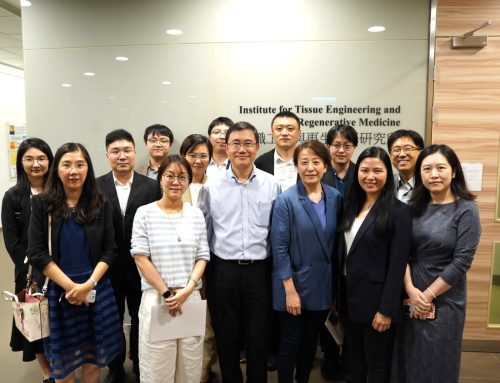
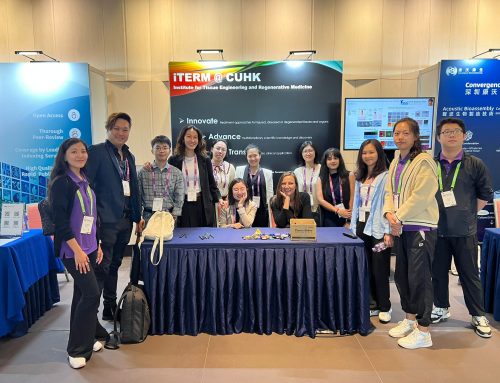
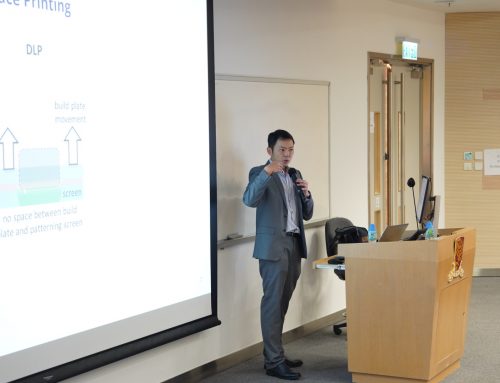
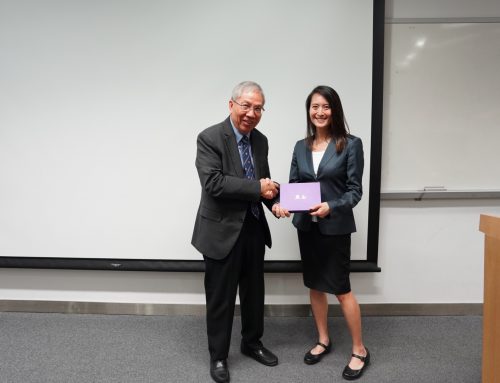
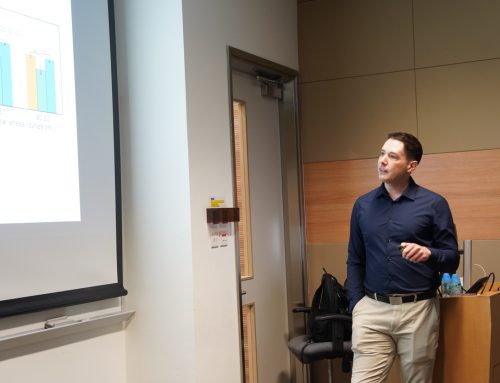
Leave A Comment